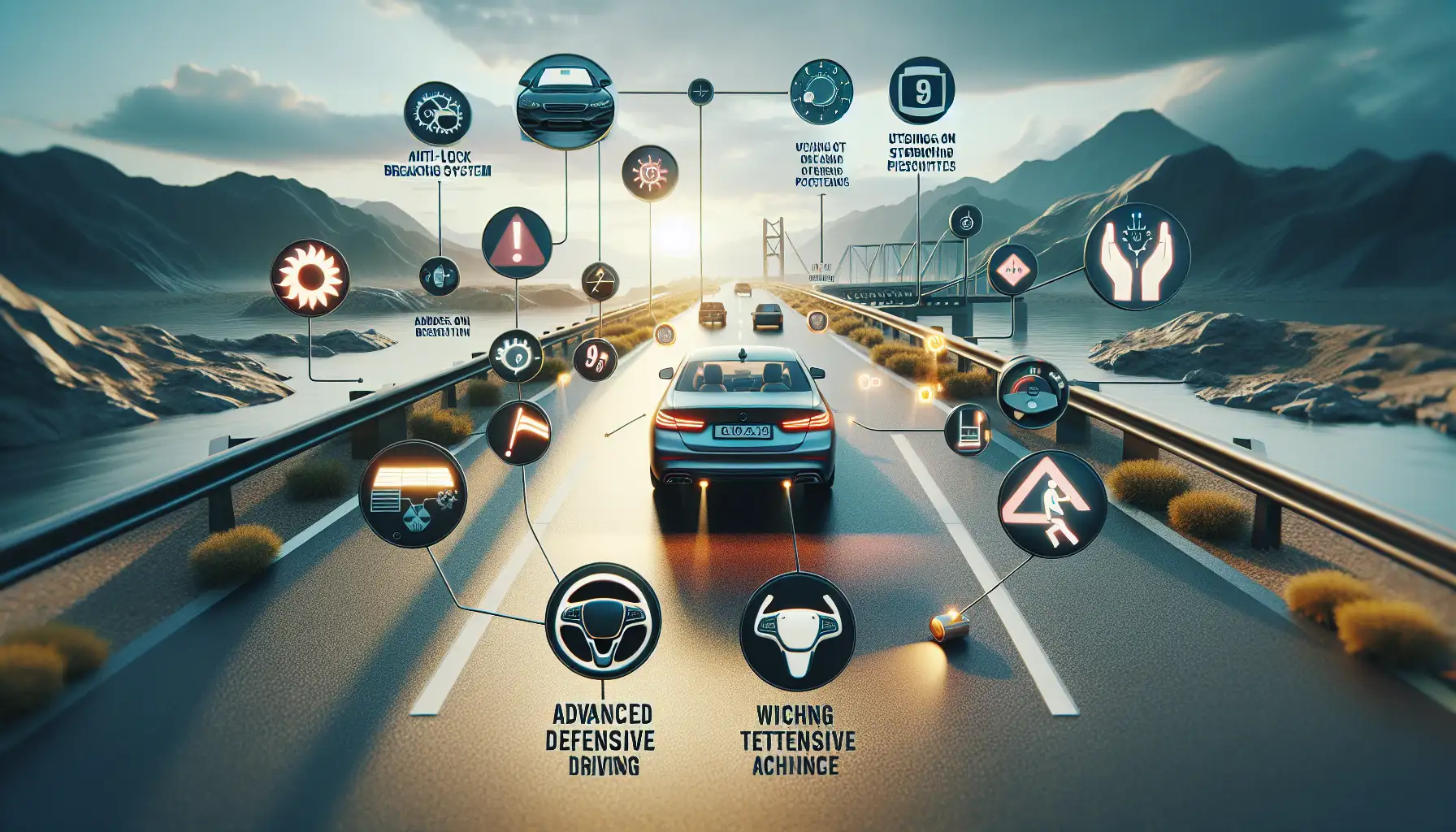Mastering Advanced Defensive Driving Techniques for Accident Avoidance
Explore advanced strategies to enhance your defensive driving skills and ensure safety on the road.

Driving is an essential skill that many of us rely on daily. While basic driving skills are crucial, mastering advanced defensive driving techniques can significantly enhance your safety on the road. This article delves into advanced strategies that go beyond the basics, helping you avoid accidents and become a more confident driver.
Understanding Defensive Driving
Defensive driving is a set of skills that allows you to defend yourself against possible collisions caused by bad drivers, drunk drivers, and poor weather. It involves anticipating potential hazards and making safe and well-informed decisions. While basic defensive driving covers maintaining a safe following distance and obeying traffic signals, advanced techniques require a deeper understanding and application of these principles.
Advanced Defensive Driving Techniques
1. Situational Awareness
Situational awareness involves being fully aware of your surroundings at all times. This means constantly scanning the road, checking mirrors, and being aware of other vehicles, pedestrians, and potential hazards. By maintaining a 360-degree awareness, you can anticipate and react to potential dangers more effectively.
2. Predictive Driving
Predictive driving is about anticipating the actions of other drivers. This involves understanding common driving behaviors and being prepared for unexpected actions. For example, if you notice a car swerving slightly, it might indicate that the driver is distracted or impaired. By predicting such behaviors, you can take preemptive actions to avoid accidents.
3. Maintaining a Safe Speed
While it’s important to adhere to speed limits, advanced defensive driving also involves adjusting your speed according to road conditions. This means slowing down in adverse weather, heavy traffic, or when approaching intersections. A safe speed allows you more time to react to sudden changes in the driving environment.
4. Effective Communication
Using your vehicle’s signals effectively is a key component of defensive driving. This includes using turn signals well in advance, flashing headlights to alert other drivers, and using the horn sparingly to communicate your presence. Clear communication can prevent misunderstandings and potential collisions.
5. Space Cushioning
Maintaining a safe distance from the vehicle in front of you is crucial. This space cushion gives you time to react if the car ahead suddenly stops or swerves. The general rule is to keep a three-second gap, but this should be increased in poor weather conditions or when driving at higher speeds.
Counterarguments and Considerations
While advanced defensive driving techniques can significantly reduce the risk of accidents, they require practice and constant vigilance. Some drivers may find it challenging to maintain such a high level of awareness and prediction. Additionally, these techniques may not always prevent accidents caused by unpredictable factors, such as sudden mechanical failures or natural disasters.
Conclusion
Mastering advanced defensive driving techniques is an investment in your safety and the safety of others on the road. By enhancing your situational awareness, practicing predictive driving, maintaining a safe speed, communicating effectively, and ensuring a safe distance, you can significantly reduce the risk of accidents. Remember, the road is a shared space, and your actions can make a difference in creating a safer driving environment for everyone.
 CarChooser
CarChooser